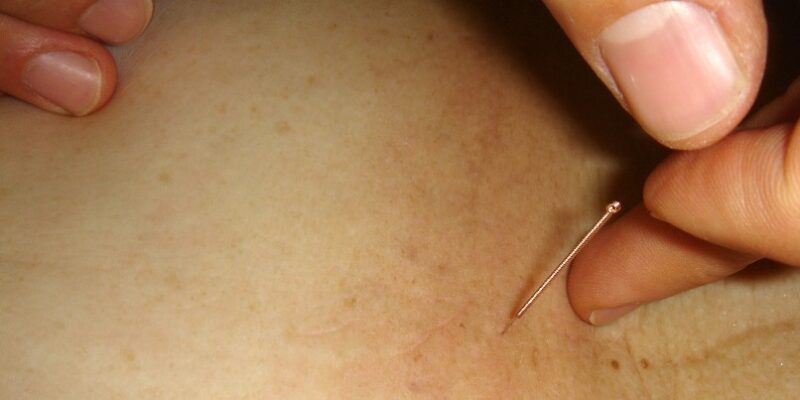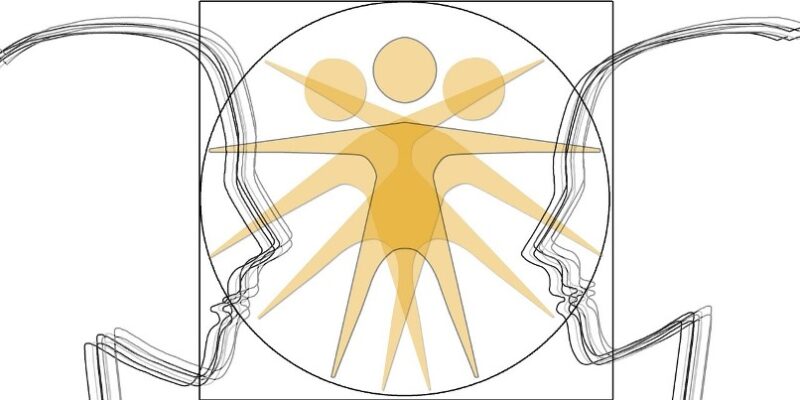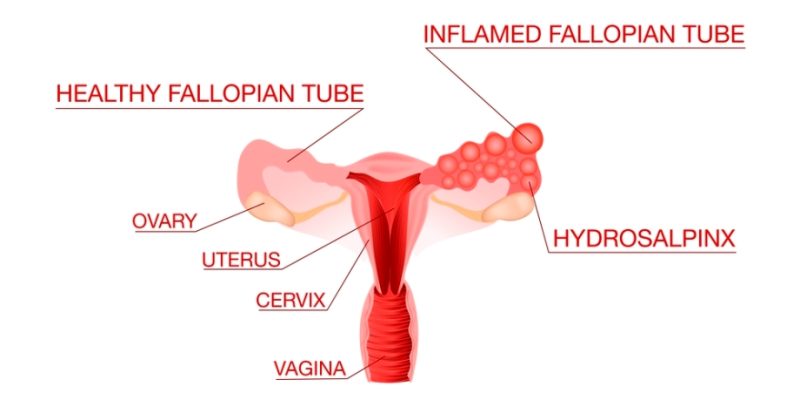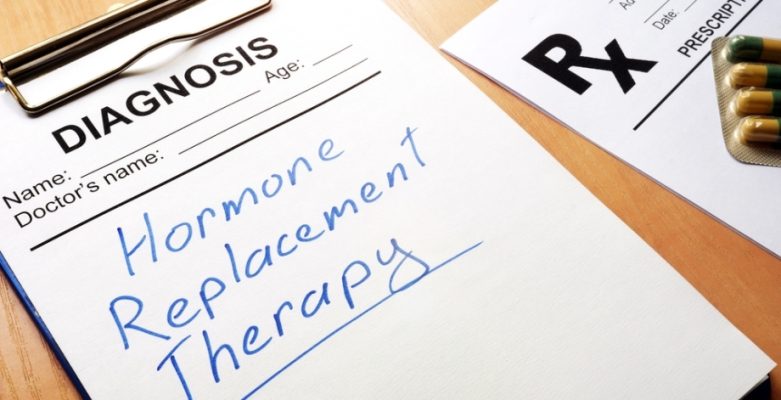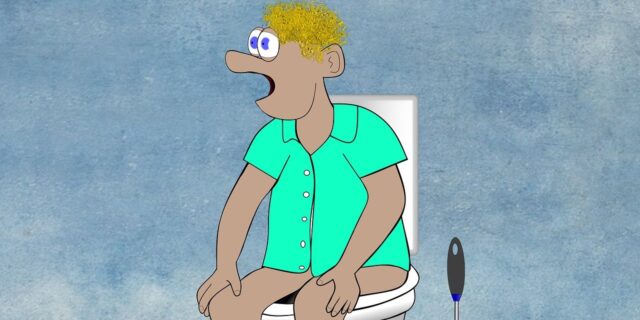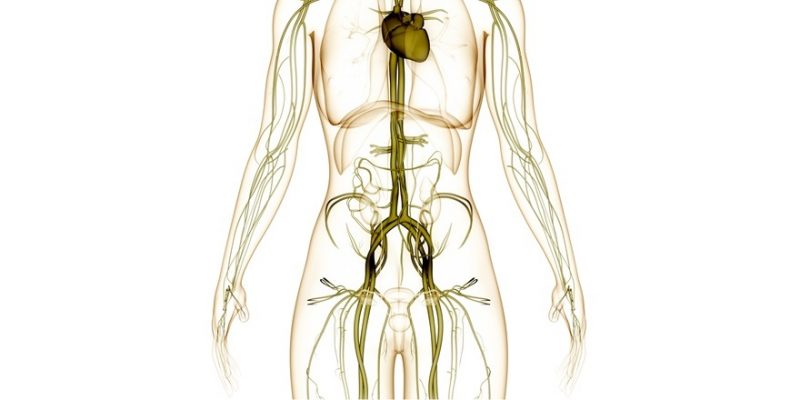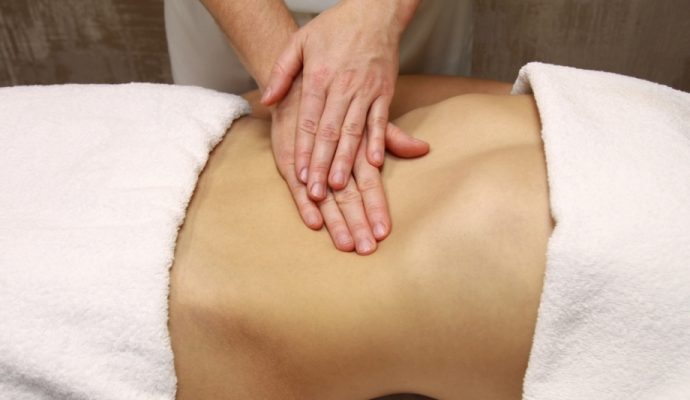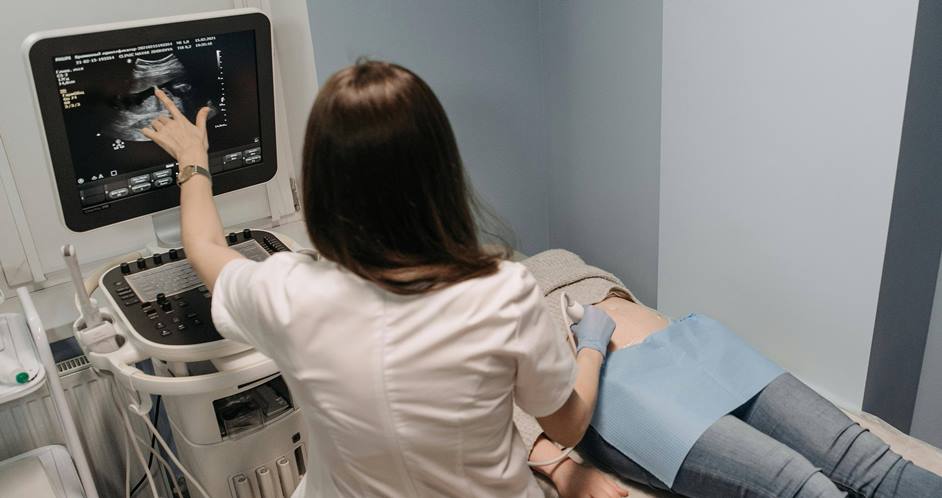
Learning you have fibroids can be unsettling, but you’re not alone. These benign tumors of the female reproductive system occur in about 20% to 30% of females between 30 and 50 years of age. A hysterectomy, which is the surgical removal of the uterus, permanently eliminates fibroids but also ends the possibility of pregnancy.
For this reason, many women opt for non-surgical options. Uterine fibroid embolization, for instance, is gaining popularity as a non-surgical alternative to hysterectomy. Not surprisingly, people in the U.S. searched for “uterine fibroid embolization near me” approximately 590 times this month.
That is, however, just one option. There are many more non-surgical treatment options that can help manage uterine fibroids. Here, we’ll discuss them along with uterine fibroid embolization.
#1 Medications Can Help Manage Symptoms
Medications can’t make fibroids disappear completely. But they can help manage symptoms like heavy bleeding and pain. As medicines focus on making life more comfortable, they can be a helpful, temporary part of a larger plan. That also makes them a long-term solution for those with mild symptoms.
Birth control pills are commonly prescribed to help regulate heavy bleeding. These pills work by controlling hormone levels, particularly estrogen, which can fuel fibroid growth.
Roughly 30% of people with uterine fibroids complain of abnormal uterine bleeding and heavy periods. The hormones in birth control can make your periods lighter and more predictable, giving you back some control over your monthly cycle.
For more effective, short-term relief, doctors might prescribe gonadotropin-releasing hormone (GnRH) agonists. These medicines block the body from making the hormones that drive fibroid growth. This creates a state of temporary menopause. Fibroids shrink, and periods may stop completely.
Non-hormonal options also exist. Over-the-counter pain relievers like ibuprofen can reduce pain and bleeding. Tranexamic acid is another non-hormonal pill that can reduce blood loss during periods.
#2 Uterine Fibroid Embolization Can Shrink Fibroids
Uterine fibroid embolization (UFE) is a minimally invasive procedure that has become increasingly popular among women who want to avoid major surgery. Nearly 90% of women with fibroids find relief from their symptoms after undergoing embolization, according to a research paper in the Azerbaijan Pharmaceutical and Pharmacotherapy Journal.
According to Pedes Orange County, this is a minimally invasive alternative to a hysterectomy, so it preserves the uterus and leaves no visible scarring. As it only requires a small incision in the groin or wrist for a catheter, it offers a more comfortable and less daunting recovery for patients.
Recovery from UFE is much faster than from traditional surgery. The most uncomfortable part is often the first 24 hours. During this time, you may have pelvic cramps. Nausea and a low-grade fever are also possible. Prescription medicines, however, can help manage these symptoms.
One of the biggest advantages of UFE is that it treats all fibroids at once, regardless of their size or location. This makes it particularly appealing for women who have multiple fibroids that would require extensive surgery to remove individually.
#3 MRI-Guided Focused Ultrasound Can Destroy Fibroid Tissue
This cutting-edge treatment uses the power of focused ultrasound waves to heat and destroy fibroid tissue without making any incisions at all.
The procedure uses two key technologies together. First, a magnetic resonance imaging (MRI) machine provides detailed pictures of the fibroids. This allows a doctor to pinpoint the exact location of the fibroid.
Next, high-energy sound waves are focused on that specific spot. These waves generate enough heat to destroy the fibroid tissue. The MRI machine monitors the temperature in real time, making the treatment safe.
One treatment session lasts for about three hours. During the procedure, you’ll remain awake but sedated while lying inside an MRI machine. You may feel a warm sensation or some cramping. Recovery is fast; you can return to normal activities within a day or two.
This treatment isn’t for everyone, however. For instance, fibroids with high T2-signal intensity, known as cellular or Type III fibroids, are typically not treated with MR-HIFU. This is because their high smooth muscle content, compared to collagen, makes them resistant to heat. Fibroids with a lot of calcification are poor candidates. These may respond better to other treatments.
Taking the Next Step
The key to successful fibroid management is working closely with your healthcare provider to find the right combination of treatments for your specific situation.
Note, though, every woman’s experience with fibroids is different. What works best for you will depend on factors like the size and location of your fibroids, your symptoms, and your future pregnancy plans.
Don’t hesitate to ask questions and explore all your options. With today’s non-surgical treatments, you have more choices than ever to manage your fibroids effectively while maintaining your quality of life.








